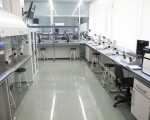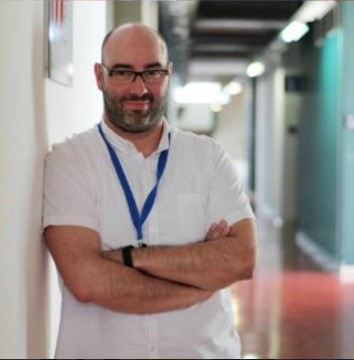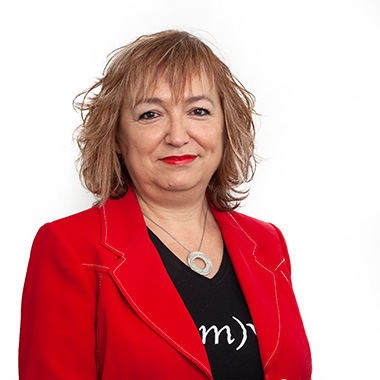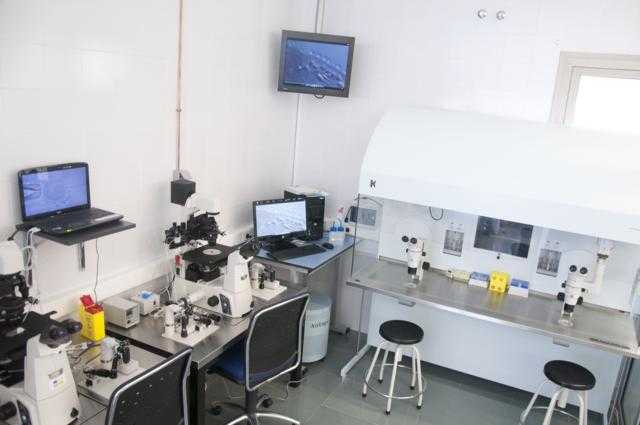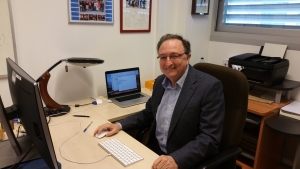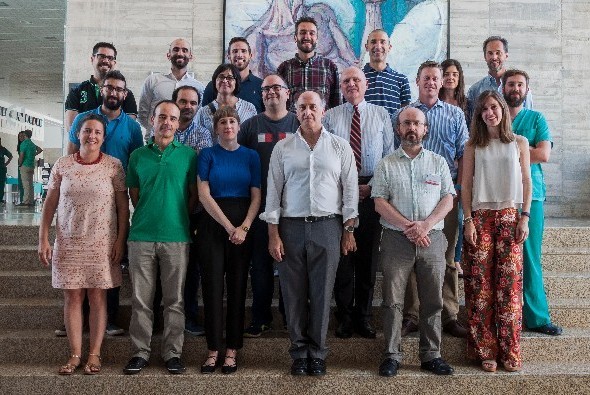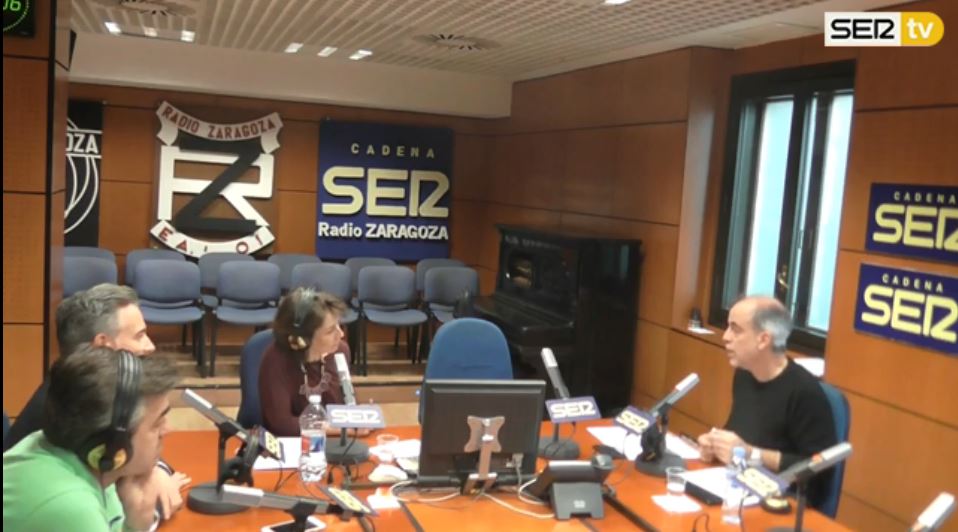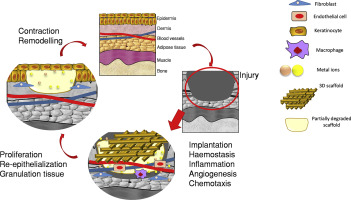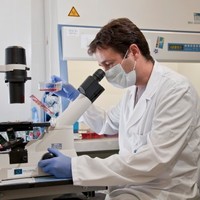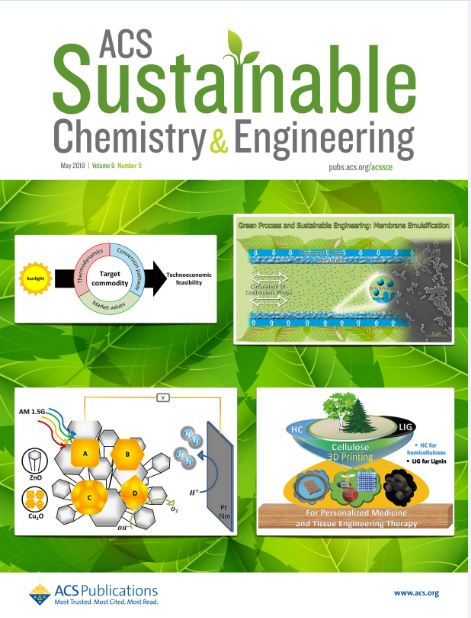Seminal plasma influences the fertilizing potential of cryopreserved stallion sperm
Beatriz Macías García, researcher at NANBIOSIS U23. Assisted Reproduction, is co-author of the article “Seminal plasma influences the fertilizing potential of cryopreserved stallion sperm”, publish by the Journal Theriogenology.
Seminal plasma (SP) contains proteins that may influence cryosurvival and prevent capacitation-like changes due to freezing and thawing. The objective of this study was to investigate the effect of adding pooled SP from “good” (GF) or “bad” (BF) freezer stallions on sperm cells’ fertilizing ability. “Good freezers” refers to stallions that usually produce ejaculates which can withstand cryopreservation, whilst “bad freezer” stallions produce ejaculates which cannot tolerate the freezing process. A heterologous zona binding assay with in vitro matured bovine oocytes was used to assess the binding ability of equine sperm cells as a possible alternative to artificial insemination trials. The effect of adding SP i) prior to cryopreservation; ii) after thawing of sperm cells selected by single layer centrifugation (SLC); iii) to capacitation medium, was evaluated. Adding SP from GF stallions prior to cryopreservation reduced the mean number of sperm cells bound to the zona pellucida (ZP) compared to control (P = 0.0003), SP-free sperm cells and group received SP from BF stallions (P ≤ 0.0001 for both). After thawing SLC-selected sperm cells treated with 5% SP showed a decrease in binding ability compared with SP-free sperm cells (P ≤ 0.0001). The binding affinity of sperm cells was higher in the group treated with SP from GF than with SP from BF stallions (P ≤ 0.05). Prolonged exposure to SP impaired the ability of stallion sperm cells to undergo capacitation and bind to ZP, regardless of the source of SP (P ≤ 0.0001). The response of equine sperm cells to SP is influenced by the ability of the sperm cells to withstand cryopreservation and is affected by the timing of exposure and the origin of SP. Customization of the protocol for individual stallions is recommended to optimize the effect.
The research has been carried out with the participation of the NANBIOSIS Assisted Reproduction Lab which ofer the services of
- U23-S01. In vitro fertilisation studies and embryo culture media viability (Onsite&Remote) OUTSTANDING
- U23-S02. Embryo culture media viability studies (On-site&Remote) OUTSTANDING
- U23-S03. Micromanipulation and microinjection (On-site&Remote) OUTSTANDING
- U23-S04. Sperm, Oocyte and embryo cryopreservation (Onsite&Remote) OUTSTANDING
- U23-S05. In vitro Maduration (On-site&Remote) OUTSTANDING
- U23-S06. IMSI system (On-site&Remote) OUTSTANDING
- U23-S07. Laser System and Biopsed of blastomeres (On-site&Remote) OUTSTANDING
- U23-S08. Oosight system (On-site&Remote) OUTSTANDING
- U23-S09. Quality control for Human Assisted Reproduction clinics (On-site&Remote) OUTSTANDING
